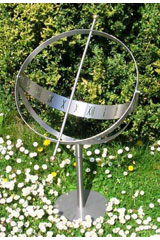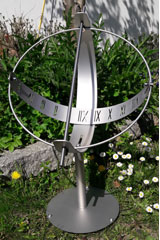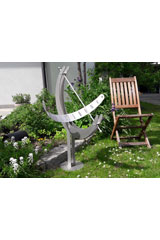We use cookies, some of which represent a technical requirement for our shop. By accessing and navigating this website you implicitly consent to receiving cookies. Other cookies help us monitor and improve our shop or are used for marketing purposes. You can either accept or refuse these cookies. You can find more information about it in our privacy policy section. In the footer menu you can reset the cookie details anytime you want. You can find all details about the cookies used on this website here.
Allow
Deny
Cookies from www.timeshop4you.co.uk
PHPSESSID and timeshop4you are necessary for the following functions: search, filters, navigation, and basket. Should you have a customer account, PHPSESSID will be necessary for it too. While PHPSESSID expires when you leave the website, timeshop4you saves your cookies settings (opt-out cookie) for one year.
These cookies will be generated and saved in any case.
PayPal cookies
If you decided to pay via PayPal, you would need to accept a series of cookies, that are determined by PayPal directly. These cookies allow a safe payment experience and can possibly be used to analyse the user’s behaviour. Potentially, the corresponding data will be saved on servers based in the U.S. The storage of data in the U.S. are deemed not safe, for the state institutions have access to them.
You can read the PayPal Privacy Policy here.
Rakuten cookies
Rakuten Advertising is a third party company that uses cookies on the website, you can view their privacy policy at this address: https://rakutenadvertising.com/legal-notices/services-privacy-policy/
Google cookies
Google generates a series of cookies (such as _gid and _ga), in order to facilitate static analysis through Google Analytics and Google Ads. Should you refuse these cookies, only anonymous data will be collected, which cannot be traced to you. Should you allow these cookies, Google would show you targeted advertisements, e.g. via remarketing. Potentially, the corresponding data will be saved on servers based in the U.S. The storage of data in the U.S. are deemed not safe, for the state institutions have access to them.
Name _ga:
This cookie helps us determine users e.g. the average number of pages visited or to determine their metrics.
Expiration time: 2 years.
Name _gid:
This cookie is used to collect information of how users use the website.
Expiration time: 24 hours.
Name _gat_gtag_UA_656953_x:
This cookie reduces requests for the Google Analytics server, in order to not overload it.
Expiration time: 1 minute.
All Google cookies are set as "anonymous" by default, so they cannot be traced to you.
You can read the Google Privacy Policy here.
In addition to that, Google provides a Browser-Plug-in under tools.google.com/dlpage/gaoptout, which allows a permanent deactivation of the Google cookies.
Sundials - timepieces for the sunny side of life
Sundials are among the oldest timepieces in human history. Among the many models that have evolved over time, they have clearly differentiated into a diverse kind of clocks. The most popular types of Sundials are still popular timepieces - even for your home or for your garden.
In general, the vertical Sundials are mostly linear, with planar surfaces that are attached to a wall or vertical support. The clock is then placed where the sun is most of the day, arranged in precisely calculated angles of wall and sun. On the northern hemisphere, this is the south wall of the building. Vertical Sundials are the most commonly used form, at least nowadays.
Horizontal Sundials are, as the name suggests, aligned horizontally and are often installed on levels in the garden or parks on non-shaded areas. The now round clocks showing the time all day. These clocks need to be located in an exact angle to the axis of the earth, flat on the ground to ensure a perfect readability of the clock.
Besides the known variants that display the time via a wandering shade, there are also those sundials, which operate from a light spot on the same principle. In this case, an aperture in the dial creates a shadow, which is done by a single hole in a shield. This hole allows as much light to pass through the shield, to show a small point of light that travels with the time of day on the dial.
In addition to the manifold styles, there are also different materials from which solar clocks are manufactured. A commonality unites all these materials with each other - the high weather resistance, which is necessary because these clocks are designed according to their purpose for outdoor use. Sundials made of stone and metal are the most widely spread models that have proven themselves over a long time.












